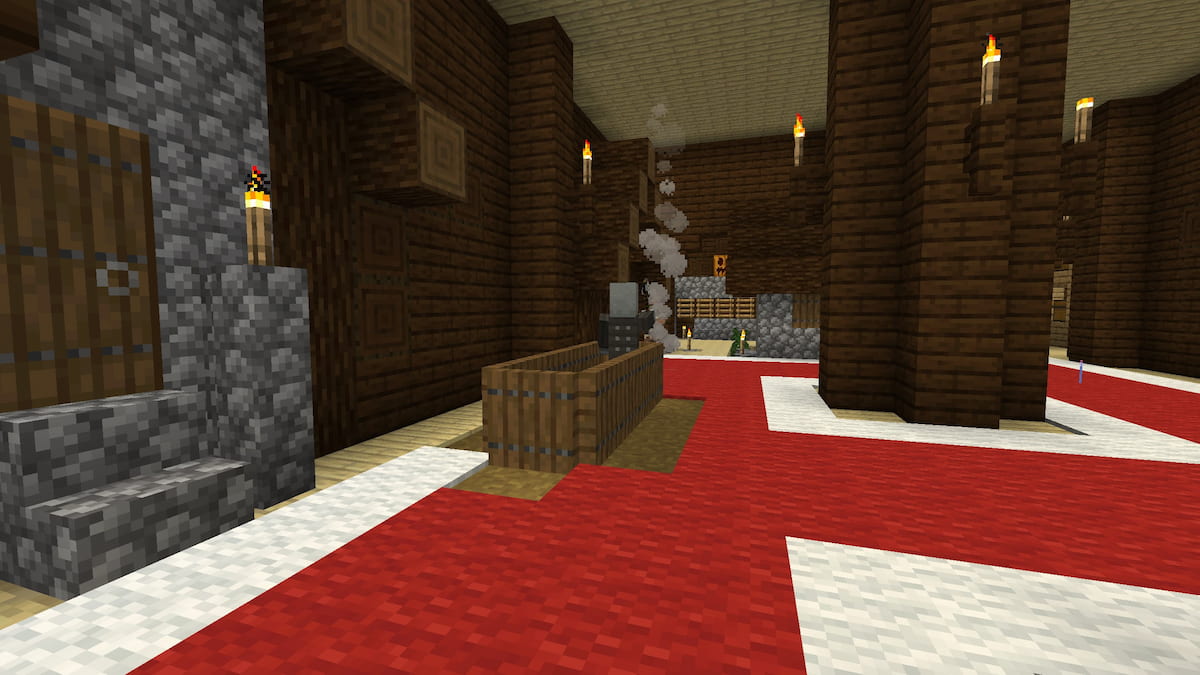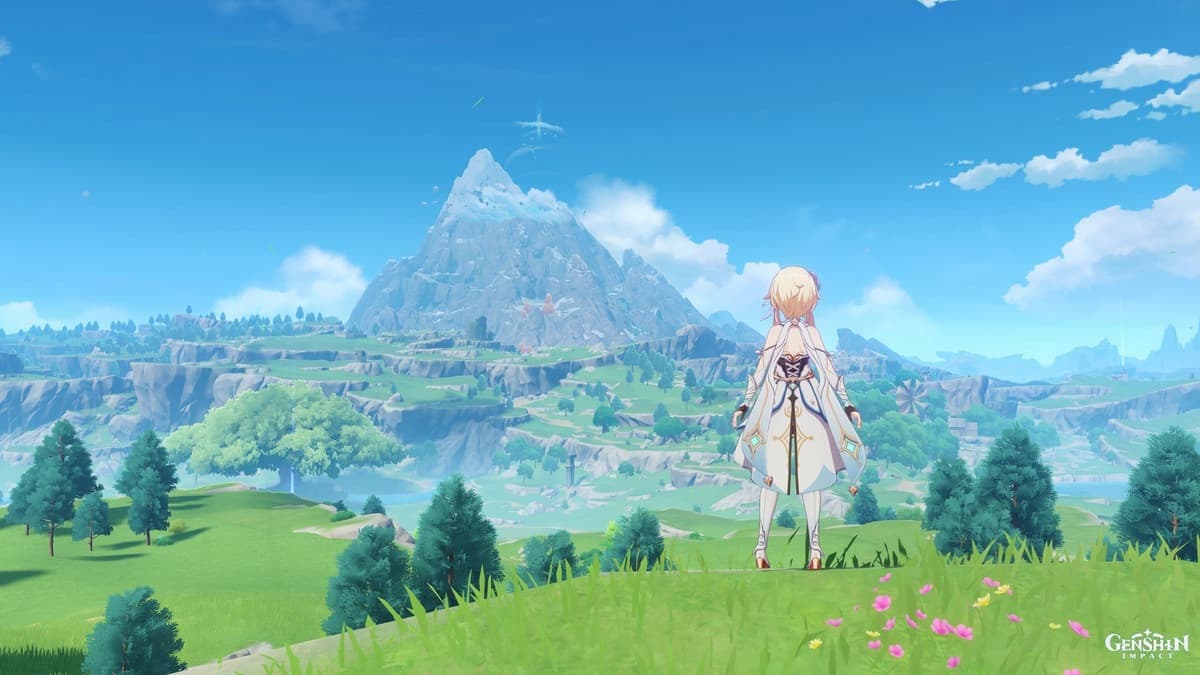In this guide I’ll cover the basics of battle. Everything you need to know to survive battle is found here.
User Interface:
This is the most important part of combat, familiarizing yourself with the UI. There are a lot of changes to the UI compared to the previous games. I figure this will be best described with an image of the UI, instead of just a verbal explanation. I’ve divided up the image into 3 parts labeled one, two, and three. I added an A to the section covered in one to draw special attention to it.
1 Meters:
Section one covers your meters. More specifically, your Health, EP, and ATB meters. Your health meter is self-explanatory, it goes up and down based on whether you’re healed or taking damage. Your health meter is the green one on the bottom.
Your EP meter is the circle to the left. It’s used for things like Overclocking, and other special skills in and out of battle. Pushing L2 or left trigger, depending on your console, activates your Overclock expending two EP.
A – ATB Meters:
I’ve put this in its own little section to bring special attention to it. The three meters represent your three Schemata, and the color matches the position on the Schemata menu. You track your ATB regain using these meters, to better assist in planning your Schemata swaps. In Overclock mode, a new meter appears and you get to use the Schemata you’re on until the new meter runs out. After burning through your Overclock meter, your active Schemata’s ATB fully replenishes as well.
2 – Combat Controls:
Here you’ll find your Schemata specific combat controls. Your skills are in position based on what button you mapped them to. Pressing R1/Right Bumper and L1/Left Bumper, swaps your active Schemata, based on the order you set them in.
3 – Enemy Health:
Here’s an example monster data page.
This is your target enemy’s heath bar. It’s not a fixed position, but stays with the enemy. Pressing the left or right arrow buttons on the D-pad will swap between enemies. Pressing R2/Right Trigger will pull up enemy information display for your targeted enemy. The stagger meter is now done by a static display around the health meter. As you get closer to staggering an enemy, the static increases in frequency and the color changes. Red means it’s very close to staggering.
Staggering:
On top of the stagger display changes the staggering system received other changes. Now each monster has its own unique weaknesses for easier staggering. This increases the speed at which you stagger a monster at. Furthermore, instead of a single Stagger, there is now a stagger tier system. After staggering an enemy, you have a pre-determined amount of time to stagger it again. Staggering also adds debilitating effects on enemies.
Obtaining Abilities:
Defeating enemies grants a chance to obtain abilities from them. It’s basically the same as an item drop, as abilities can also be sold to vendors. If you have the time to spare, farm up a few abilities in the regions as you’re progressing through the story.
Using Recovery Items:
To use a recovery item in combat, push the start button. Use these only when you need them, as you can only carry a limited number.
This wraps up my basic combat knowledge guide. For more guides check out my Lightning Returns directory.








Published: Feb 14, 2014 07:07 pm